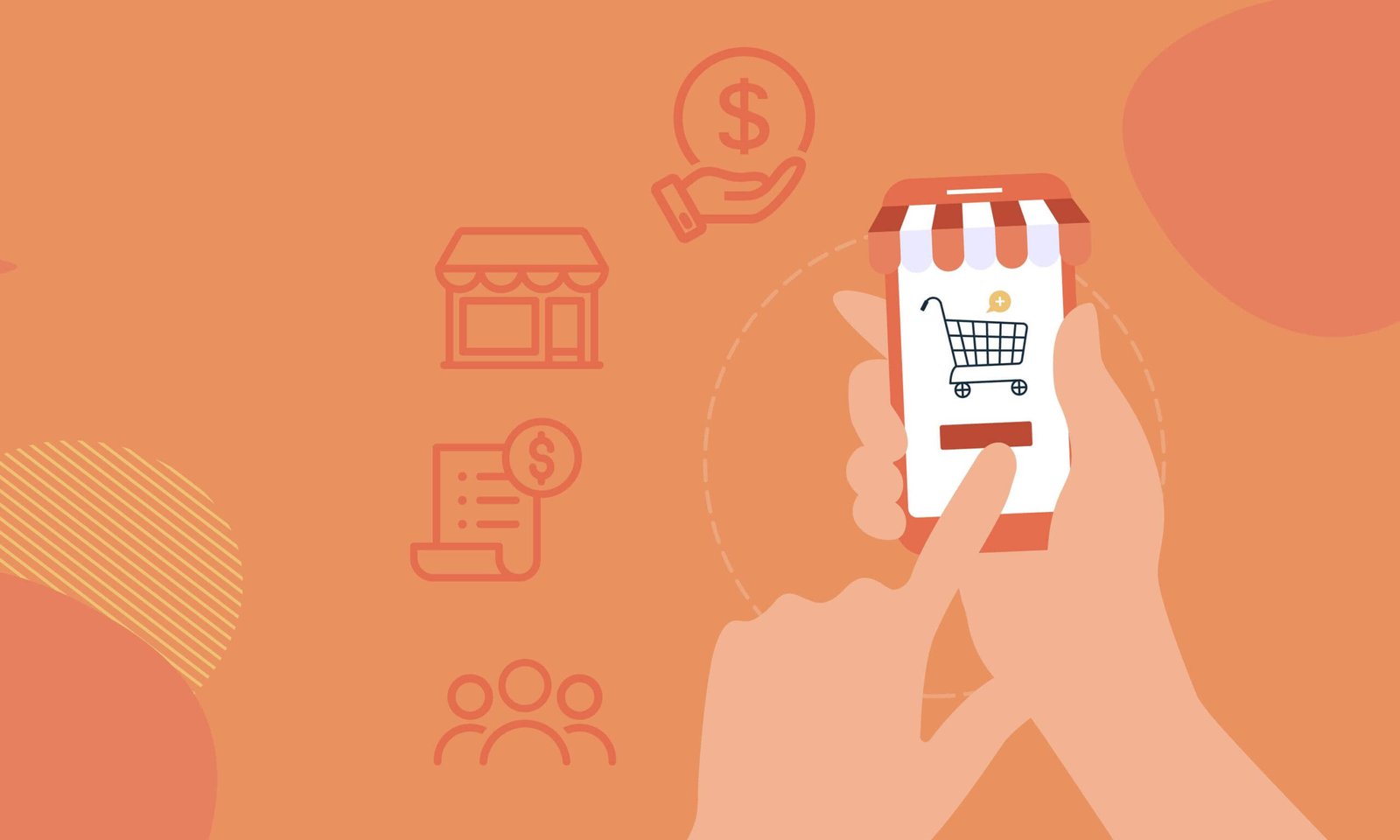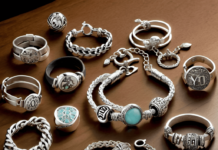The consumer when making a purchase is involved in decisions of need, information, comparisons and post-behavior. (Kotler & Armstrong, 2002)
To understand consumer behavior you must pay attention to each stage, this process allows the construction of strategies for the target market. Since, consumer behavior is difficult to understand and even more so if the organization has an international audience. The more specific it is to detect, the easier it will be to understand, for this you must know the profile of the consumer.
Business buyers make decisions based on the 3 cross-buying situations: direct buybacks, modified buybacks, and new tasks. (Kotler Philip, 2008)
- New task is classified when the buyer purchases a product or service for the first time.
- Direct buyback is when the buyer has a routine purchase and does not add modifications.
- The modified buyback occurs when the buyer wishes to change the product, prices, specifications or supplier.
For that reason, to attract new customers and satisfy your current audience, it is important to know the behavior, it depends on it that the strategic plan works.
It is also based on the involvement you have with the product or service. To understand the emotions or factors that make this variable simple, a prototype must be created that satisfies the needs to have effective results.
From this reason, we must understand that we work with humans, even if you sell a service to a company, those behind the operations are human. That is why to understand behavior we need to generalize a bit.
To graph the idea we will detail it below:
- Personal consumer: It is the individual who acquires goods or services for their own consumption or from their environment. Those who make the final purchase decision are called final consumers.
- Organizational consumer: These are for-profit institutions that require additional products or services to continue their corporate processes.
Factors influencing consumer behavior
-
Cultural
It is an indispensable factor in determining desires, emotions and behaviors. Within this are included the values, perspectives. tastes and perceptions that people learn throughout their lives. For example religious beliefs or moral standards. For that reason, marketers study people with similar needs.
-
Social
Aspects of society have a decisive influence on consumer behavior because they refer to the family, groups of friends and communities that have a direct effect on decision-making.
A clear example is the company Zara that launches the clothing collection for each country, this brand has a strong decision to segment its audience.
-
Personal
The lifestyle directly influences the needs, satisfactions and preferences, in addition, it enters to carve the personality and economy to make the purchase decision. For example, a person who cares about his health will be closely linked to fitness products.
The personality has a strong decision in the purchase, because 2 people with the same professional career, studies at the same university or home in the same area will not have a similar perspective to the other due to personality types.
-
Psychological
Psychological aspects such as perception and motivation directly influence the perspective that the individual has in the purchase decision. Also, it focuses on the opinion that the consumer has about a brand, if at any time the customer feels that the company lost attention to him, he can change it for another. Also, other aspects within this is the image of the brand, customer experience, etc.
Internal factors that influence the purchase decision
Age
The characteristics, personality and reactions of an adolescent person with an adult are completely different. In addition, here he enters to carve the needs they have as a generation.
Community
If we enter the world of current purchases, these do not depend only on what the user is looking for individually. Also, it is to be part of a community and this is observed in the people who decide to buy a popular product.
New tendencies
Often the needs presented by consumers are changing to the conditions of society. A clear example are trends such as: the latest cell phone, bluetooth headphones or the air fryer. Does everyone really need those things or were they part of the fashion?
Influencers
Currently the behavior of consumers depends on the recommendations of people with high influence or knowledgeable about the products. Digital influencers are professionals with a profile on digital platforms such as: Facebook, YouTube, Instagram and more.
External factors that influence the purchase decision
Product quality
Before the price, consumers evaluate the quality of the product, with the passage of time users become more demanding. One of the most important goals for companies should be to meet the quality standards that consumers demand.
Quality must be built on the basis of customer needs, since “how customers feel about the product” is important in marketing.
Price
This is a factor that depends on the needs and priorities of the consumer because it is who decides what to spend or not on. Most consumers have the idea that a product is of better quality if the price is high. At the same time, there are other users who are based on the comparison of brands.
Consumer rating
A purchase decision is sound when there are other people recommending your services or products. Currently social networks are full of experience with the brand and what they offer through comments.
Simple navigation
The XXI generation is immersed in the things that solve a need, through a simple and fast method. What companies should do is build an easy to navigate website since the decision will be made on that site.
How to analyze consumer behavior?
Information search
When consumers are in search of information to satisfy their needs, they look for content to solve it.
To engage consumers who are in this stage, it is important to show those “solutions” clearly and directly, the customer experience also serves as a support to the credibility of the brand.
Comparison of options
When the client has already gone through the initial stage, he has a list of possible options to choose from, for example, the consumer wants to buy a cell phone and has many brands from which to start discarding. It is at this time that the evaluation is given on why they retain certain brands and discard others.
Purchase
At this stage, the regularization or monitoring of the medium where the purchase will be made must work perfectly, since there are many factors that involve the decision. That is, when a user is on the web, there must be no interference between the shopping cart and the organization or, otherwise, the user will leave the web site.
Decisive aspects in consumer behavior
-
Discovery
When the consumer is in search of the decision to their need, they go through a discovery process where they compare the characteristics, advantages of each product and prices.
-
Consideration
This is based on the comparison of the brands, here the list of possible choices is reduced. Until you are left with minimal factors that make the consumer make a decision.
-
Decision
When making the decision to buy the consumer has another job within it, this depends on the interaction built in the purchase process and the satisfaction he felt when acquiring the product.
-
Purchase security
When making the purchase, users have the need to verify that it is truthful, therefore it is advisable to deliver verifiable security certificates. In this way, the consumer will feel satisfaction in the process prior to the delivery of the product. At the same time, it is important that you provide after-sales security in case a return is required.
Finally, consumer behavior influences the purchase decision, through the following stages: recognition of need or problem, product comparison, supplier choice and performance evaluation.










